Written by Sahil Chaini, Customer Success Leader
Over the past few years, we have had national and international conversations about diversity, equity, and inclusion. We have heard about the importance of diversity in the workforce and how it drives productivity and innovation. According to a 2018 Boston Consulting Group Study called How Diverse Leadership Teams Boost Innovation, companies with more diverse management teams had 19% higher innovation revenue, which comes from products and services launched within three years of the study, than companies with less diverse leadership.
As a young woman of color in the water industry, I wanted to dive deeper into the current state of affairs, both in water and in the general workforce. As an industry, we have a long way to go. According to the 2018 Brookings Renewing the water workforce report, “although women make up 46.8 percent of workers across all occupations nationally, they account for only 14.9 percent of the water workforce.” Women are also severely under-represented in water leadership positions, with only 6% of water utility CEOs being women, according to the Brookings report. Black and Asian workers together make up only 11.5% of the water workforce, compared to 18% of the national workforce.
This did not happen by accident and is not unique to the water industry. The Women in the Workplace 2021 Report by McKinsey and LeanIn.Org suggests that while women have made some progress in recent years, there is a “broken rung” at the initial stage of stepping up to a manager role. Women are promoted at much lower rates than men, leading to fewer and fewer women in senior positions. Women of color have it even worse – between an entry level position and the C-Suite, the drop off is 75%. Only 4% of C-level roles are held by women of color.
The picture I am painting is not promising to young women of color like me. Most women in water can attest to being the only woman in a meeting and work for companies where the entire leadership is composed of men. The Women in the Workplace 2021 Report highlights that women who are “Onlys” have a more difficult time in the workplace. They face more bias, scrutiny and feel the pressure to perform as they feel they are representing the marginalized communities they identify with.
As the research suggests, it is also not enough for there to be diverse employees at the lower levels of an organization. True change and impact are seen when the leadership team is diverse because the decision-making happens here. It is also not enough to simply hire a more diverse workforce. We need to make sure that the environment they are coming into embraces inclusion and equity. Otherwise, these “diverse” employees are not going to stay at the organization.
So what do we do? How do we move towards making the water industry more welcoming for people from all backgrounds?
In the water industry, we have developed committees, task forces, action plans and trainings. In 2019, WEF created its Workforce Diversity and Inclusion Task Force and we have had more conversations in these past couple of years than ever before. These are excellent strides towards creating a water workforce that represents the areas we serve and that embraces the diversity in our communities.
One of the most powerful tools at our disposal is storytelling. We need to hear the stories of people in our water communities. We need to hear from women and people of color about their lived experience and build our allyship practice through empathy and continuous improvement.
I have been incredibly privileged in my career and have felt embraced by the water industry from the beginning. I am a first-generation immigrant, having lived in India, Ghana, the US, and Canada. I studied environmental science and water resources at McGill and Duke University and have spent the last 6 years working in and out of water. I have had the opportunity to work with fantastic managers, leadership teams, and clients who have pushed and supported me throughout the highs and lows of my time in the industry. I want to make that the story of many more women of color in our industry.
As a young woman of color in the water industry, I am sharing my lived experience by writing posts, participating in committees, speaking at conferences, and most of all, engaging with women in the industry to develop professional relationships that help us learn and grow together. It is important for all of us to have conversations about how we can better support women, particularly women of color, in becoming leaders in our organizations.
I still consider myself an early-career professional in water and we desperately need a new generation of employees. By sharing my story, I hope to connect with women in the water industry to let them know they are not alone. To all the managers and leaders reading this, I want to connect with you to explore how we can hire and support women of colour to succeed in their water careers and achieve their goals.
We need to make our industry a place where people of all backgrounds feel welcome, so we can improve how we deliver water services around the world! With all the expected turnover, let’s use this opportunity to have our workforce reflect the diversity of the communities we serve.
Sources:


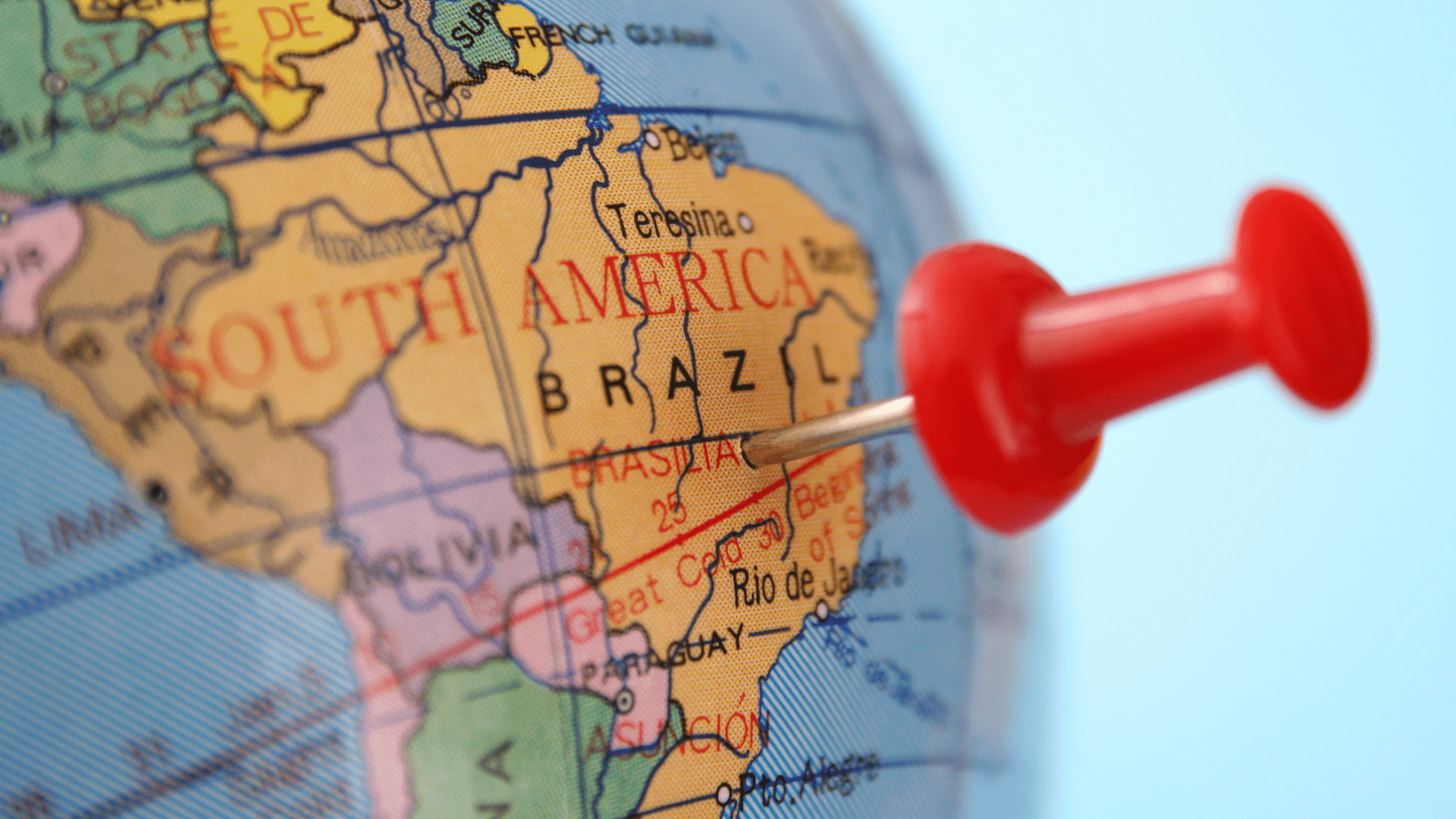
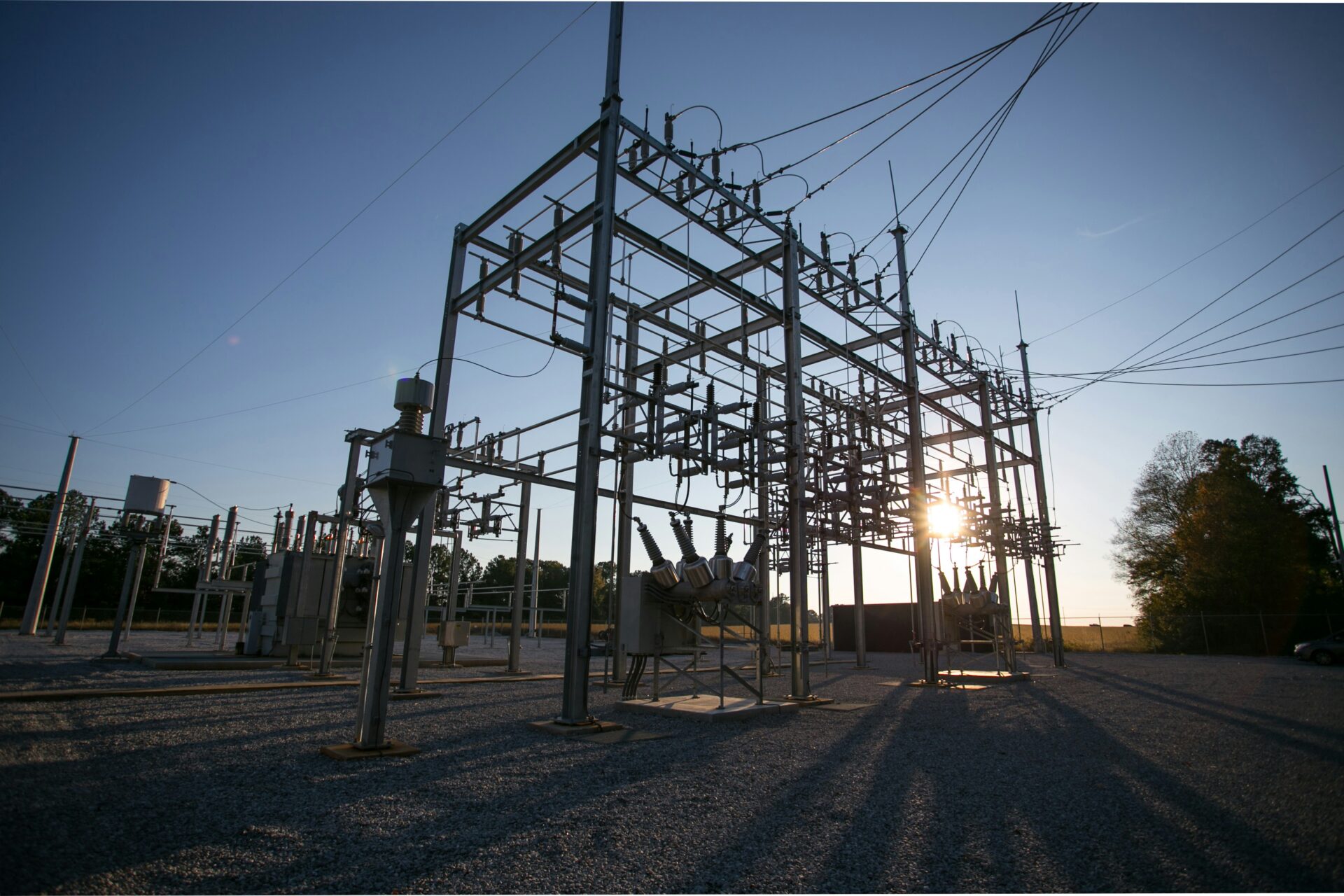
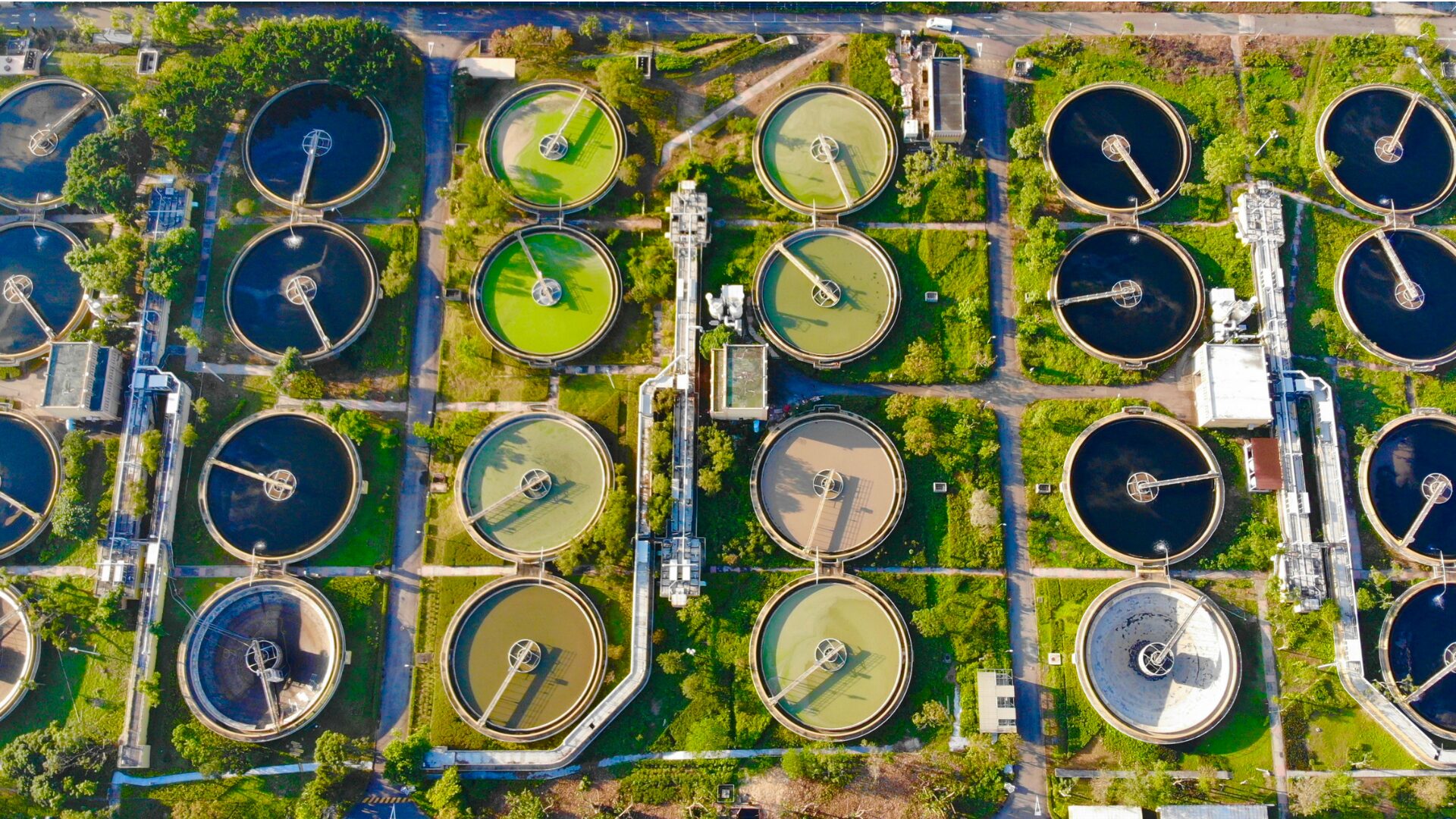

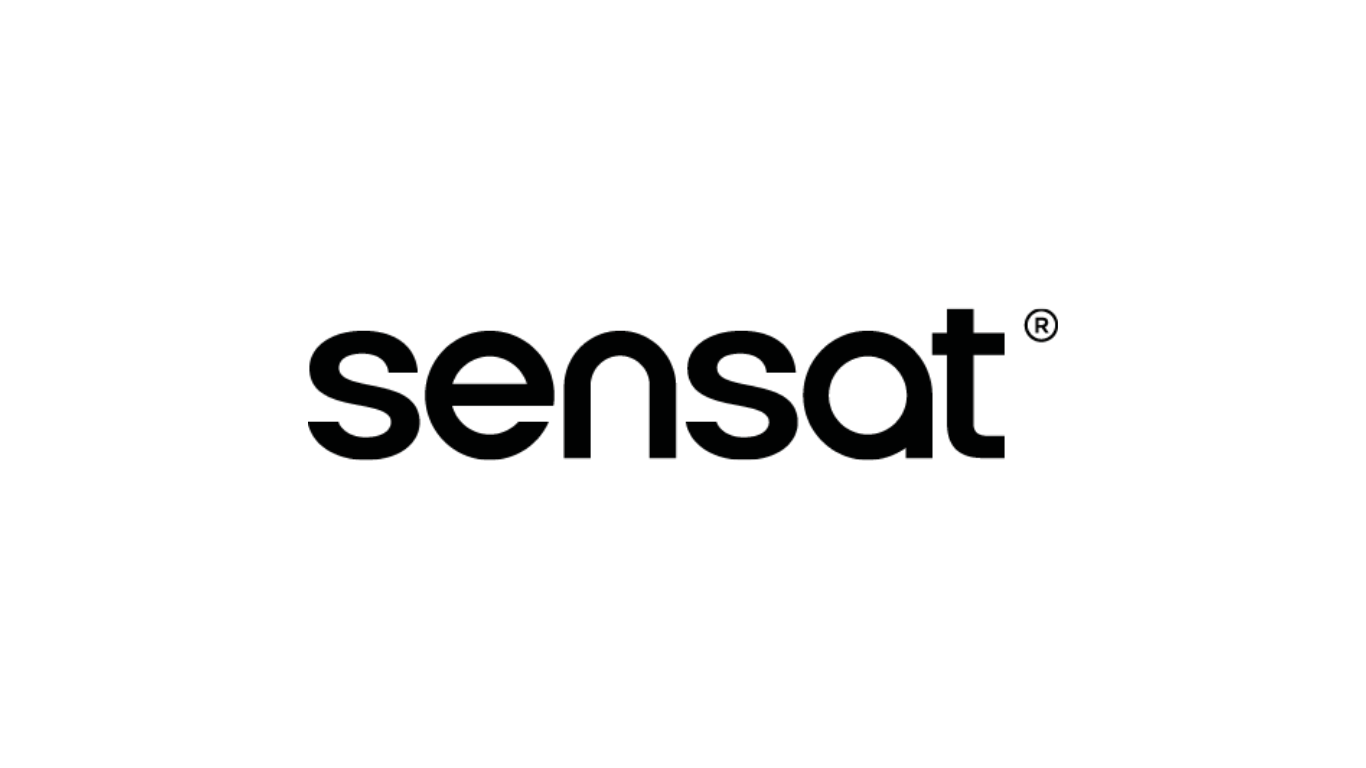
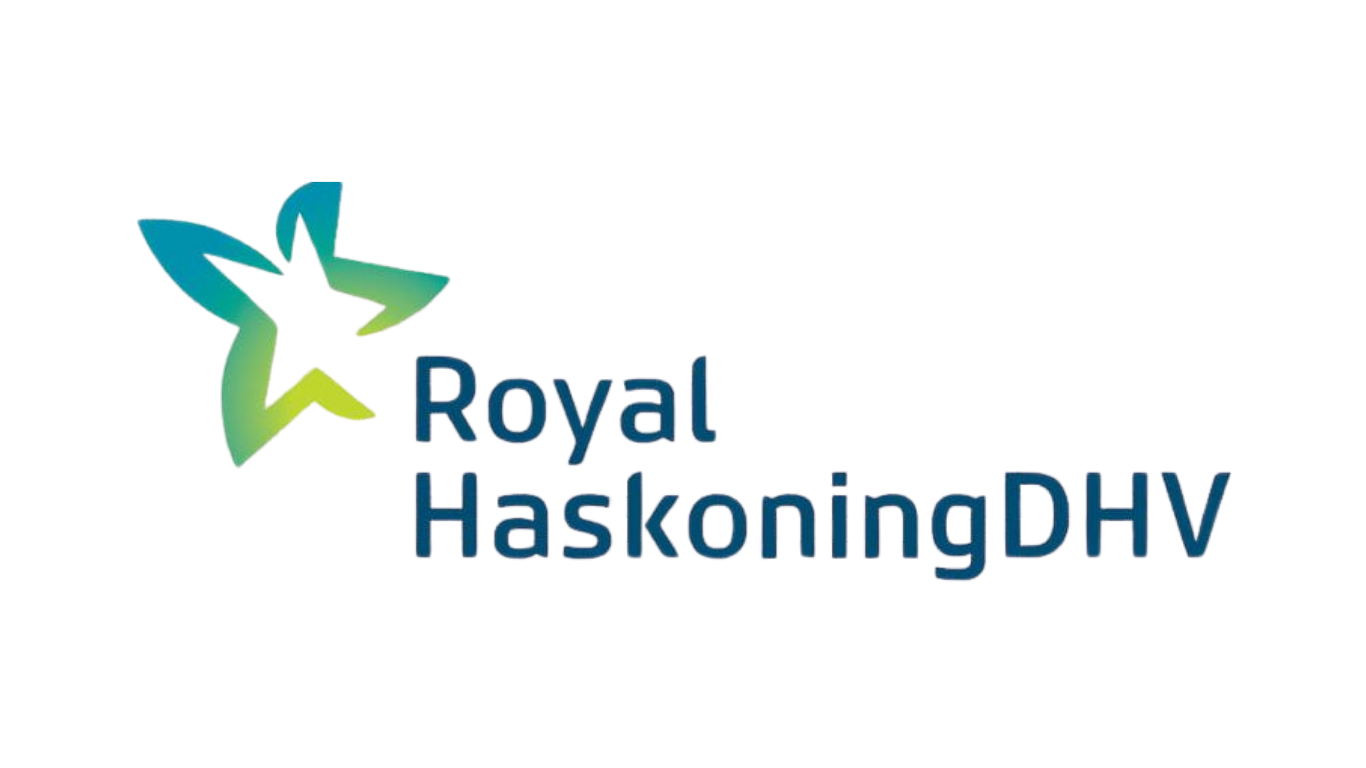
 WWTP Design
WWTP Design  Substation Design
Substation Design  Utility Interconnection Hub
Utility Interconnection Hub 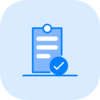 White Label Proposal Generator
White Label Proposal Generator  PFAS Feasibility Study
PFAS Feasibility Study  Booster Station Design
Booster Station Design  Value Discovery Program
Value Discovery Program